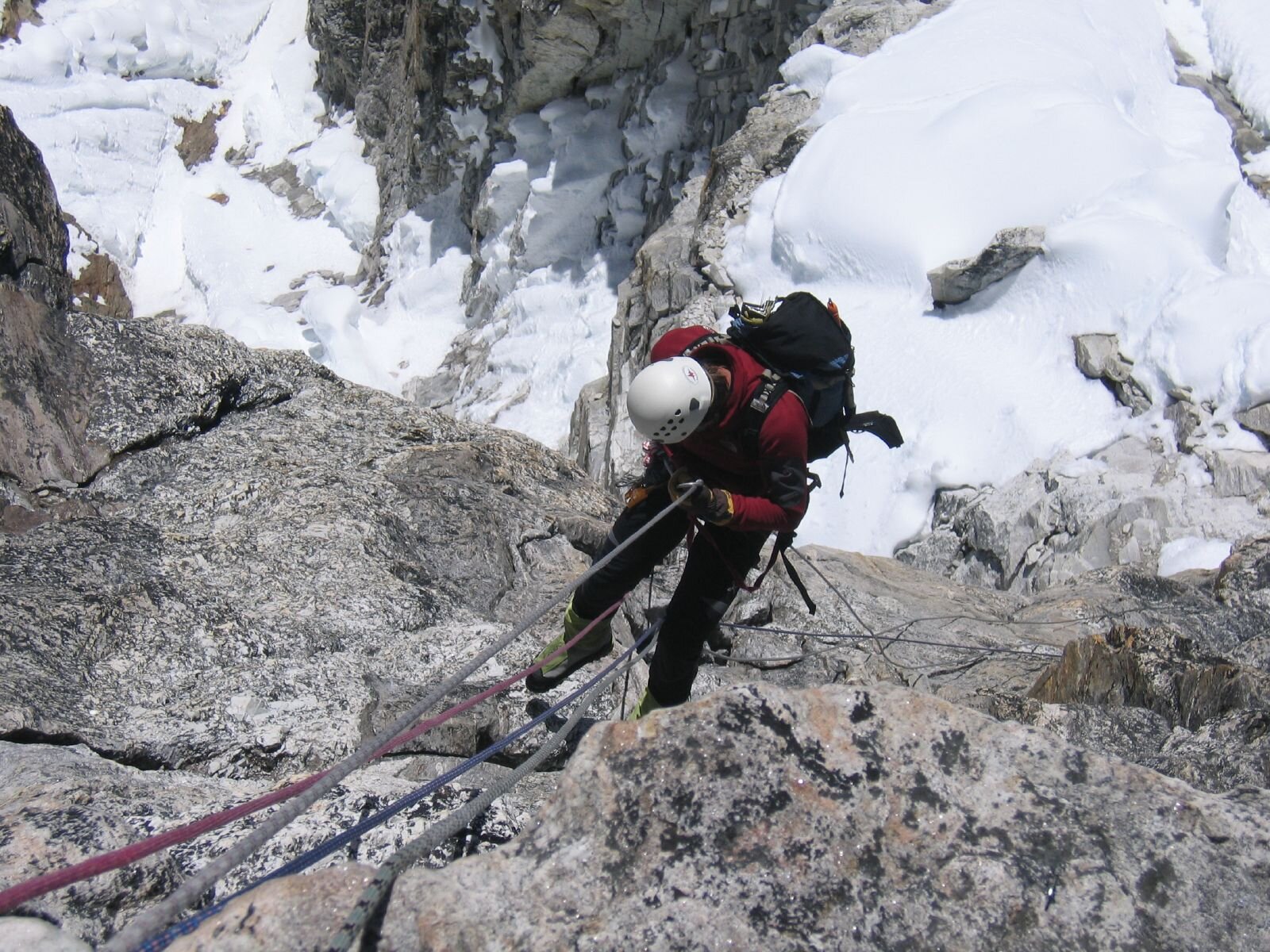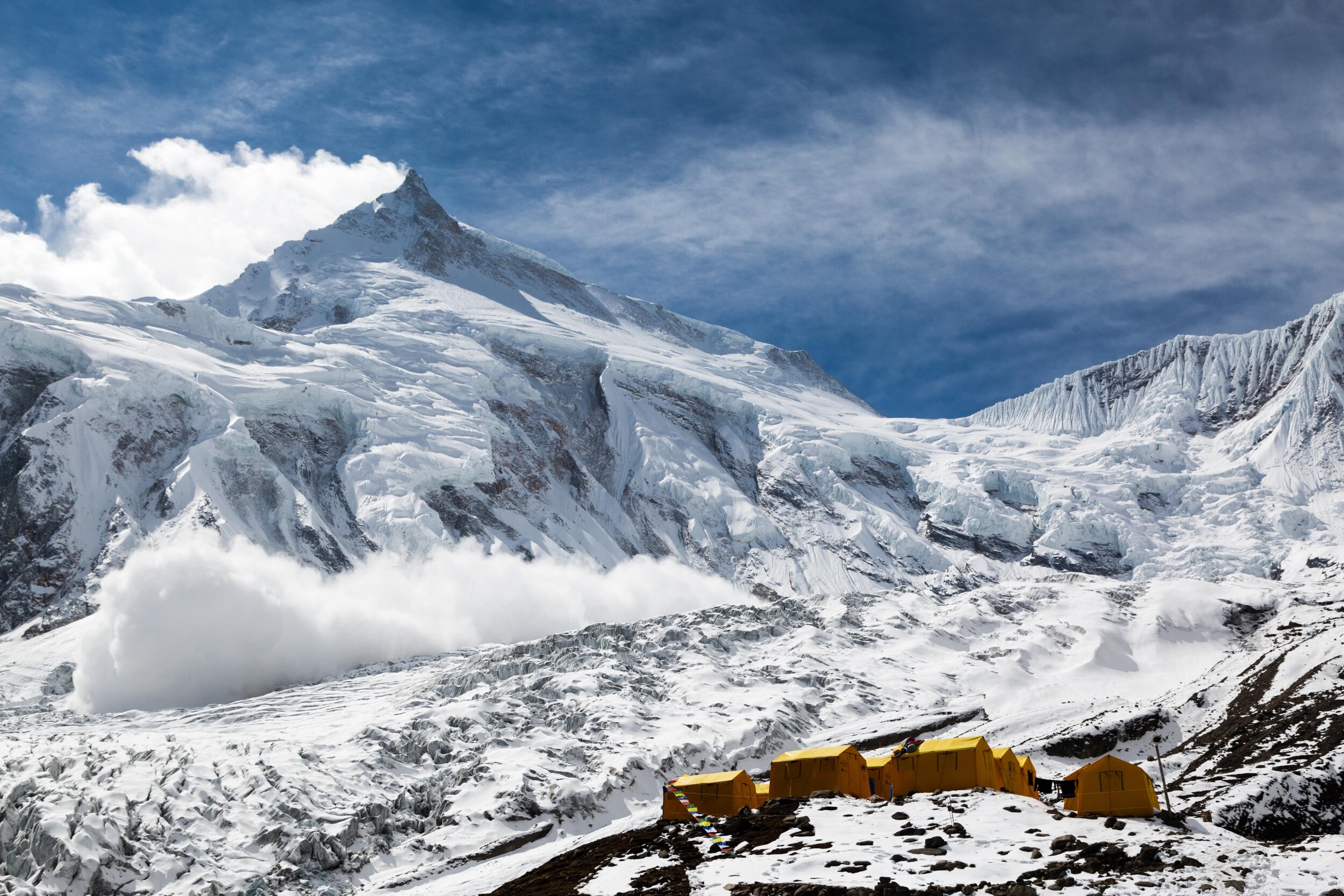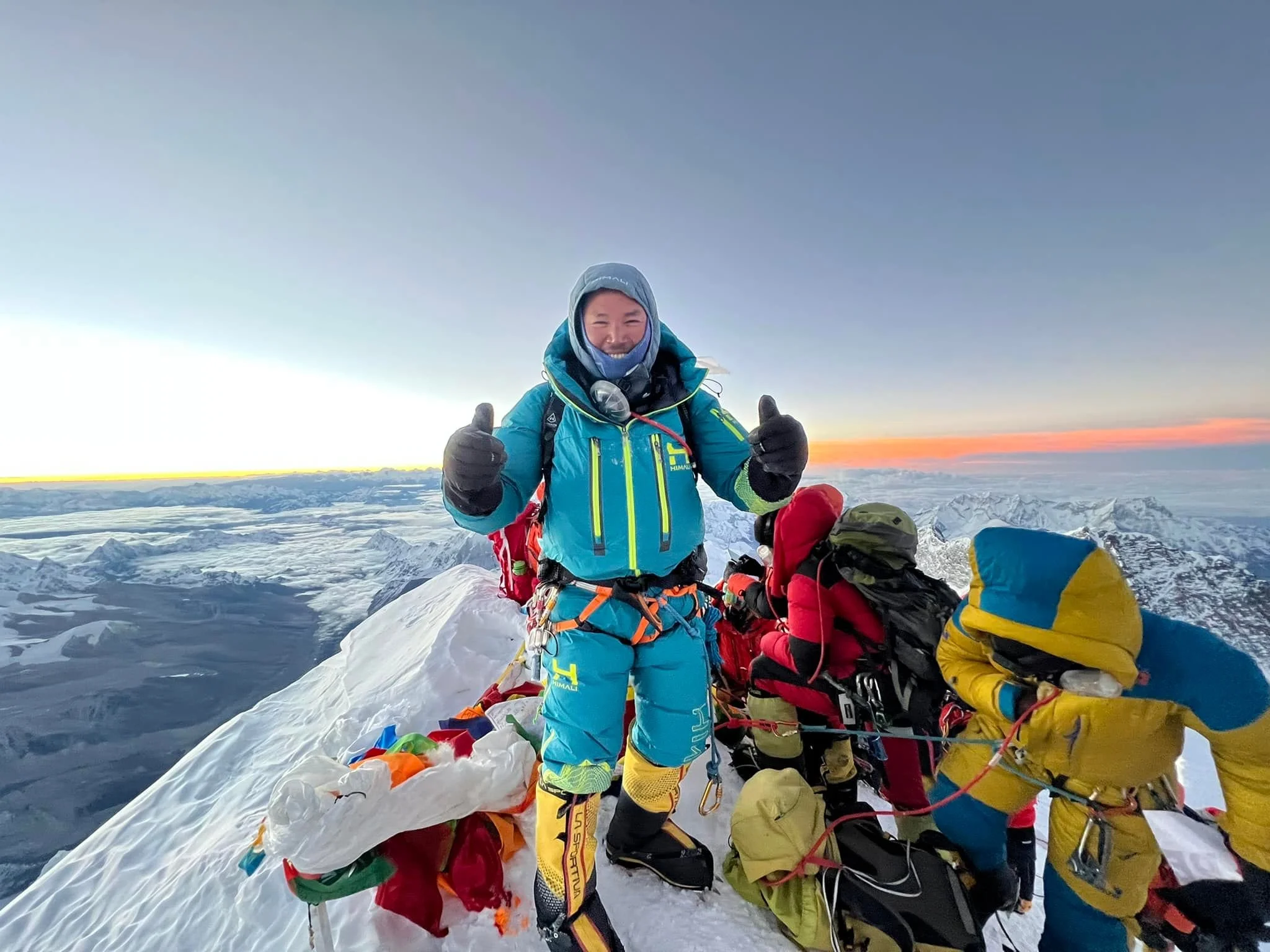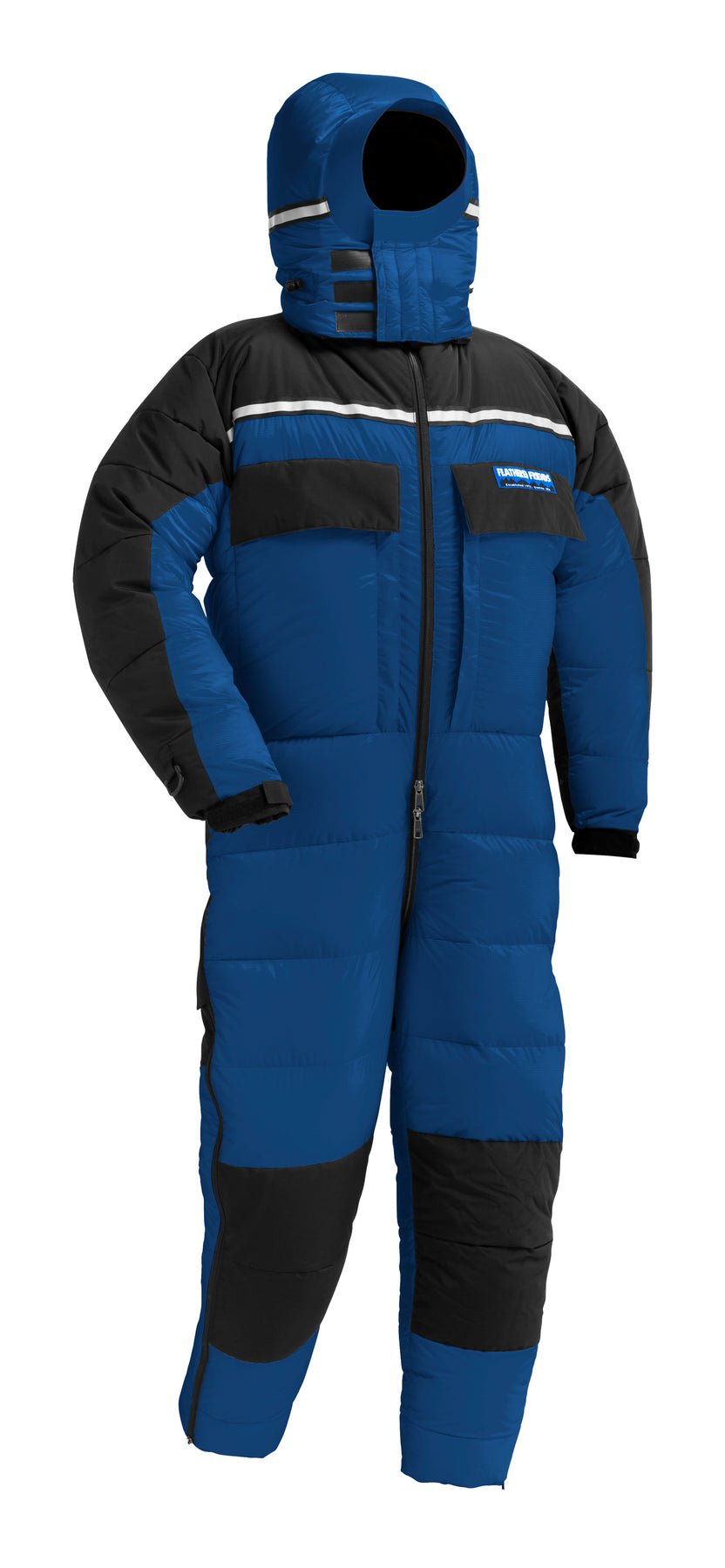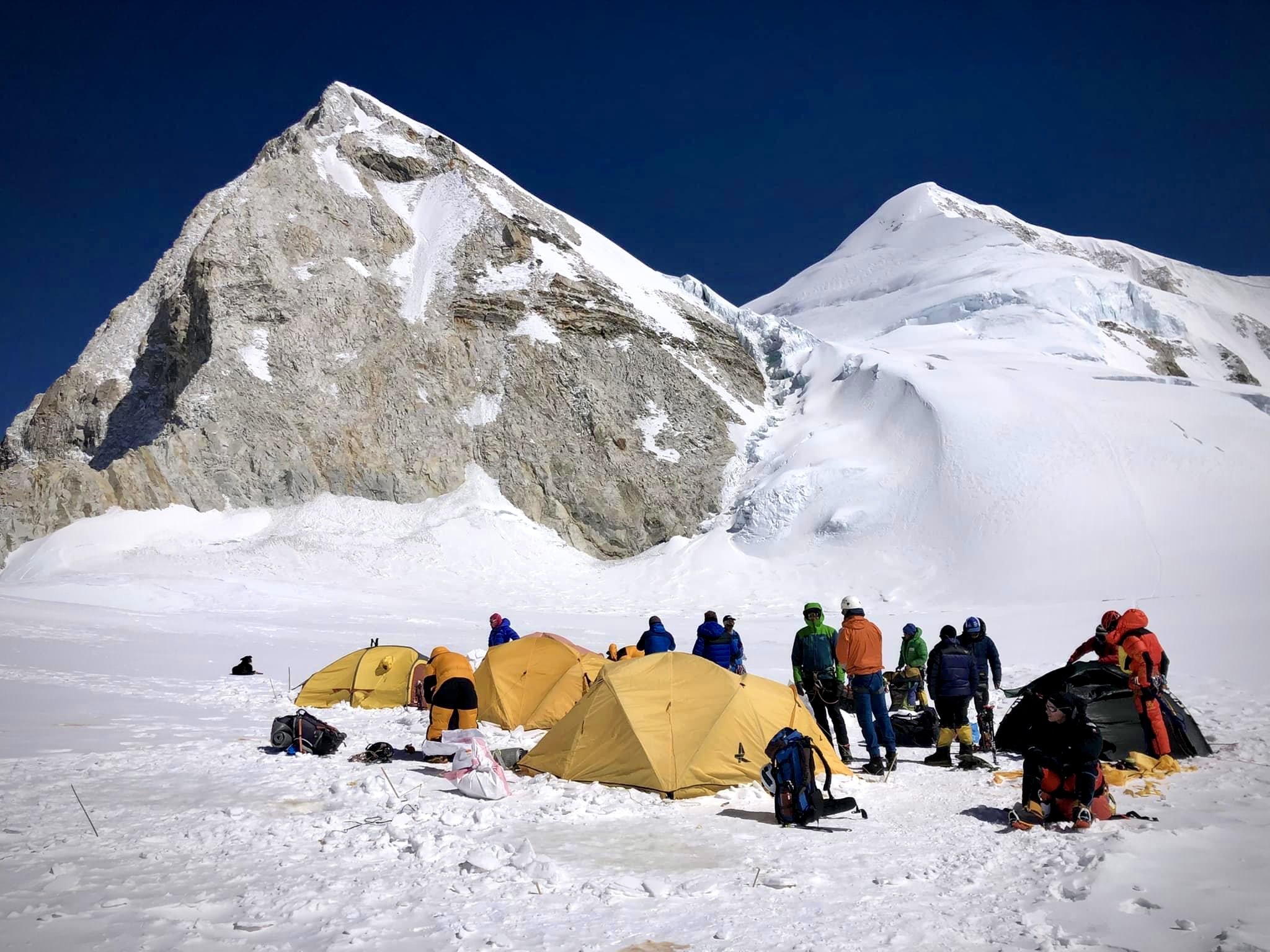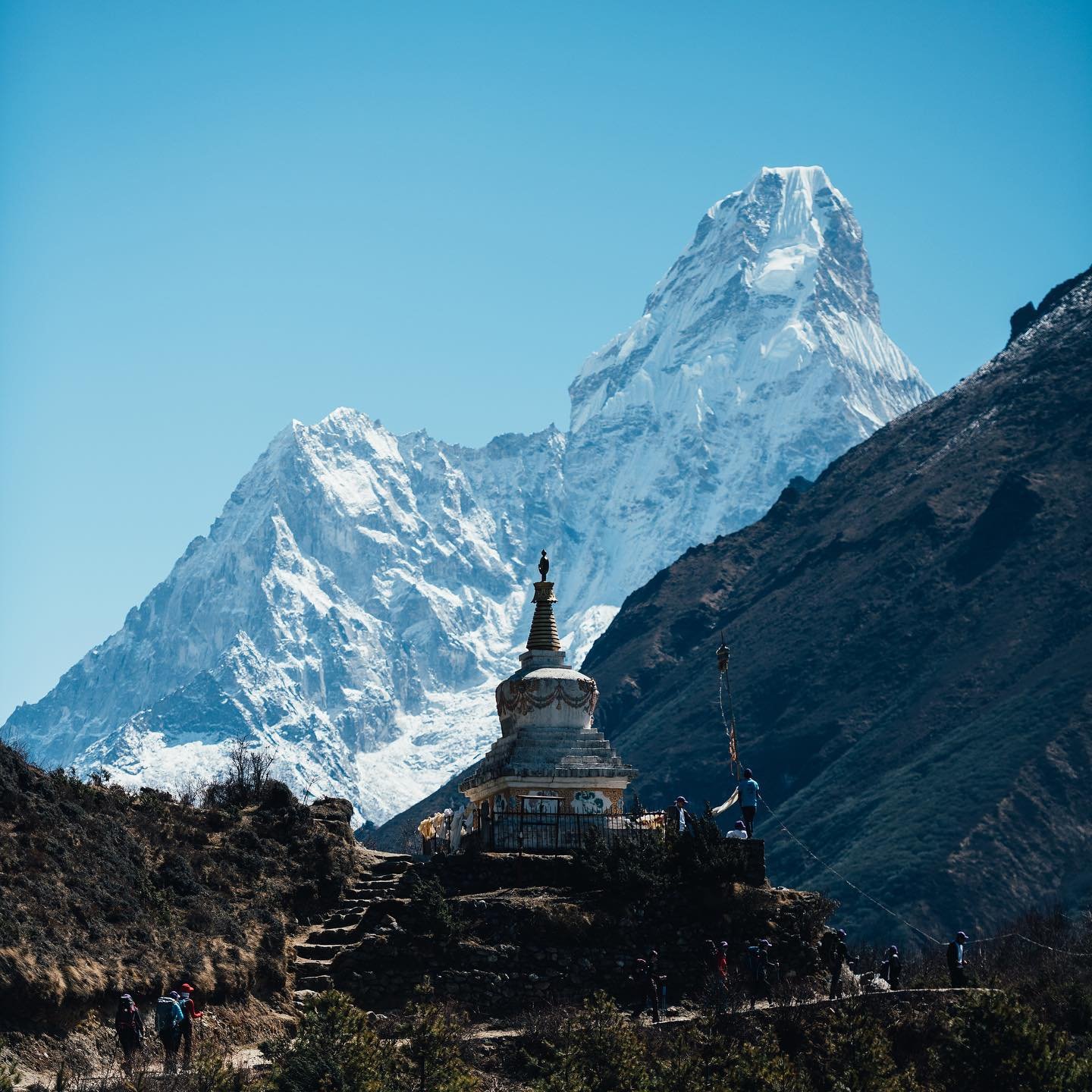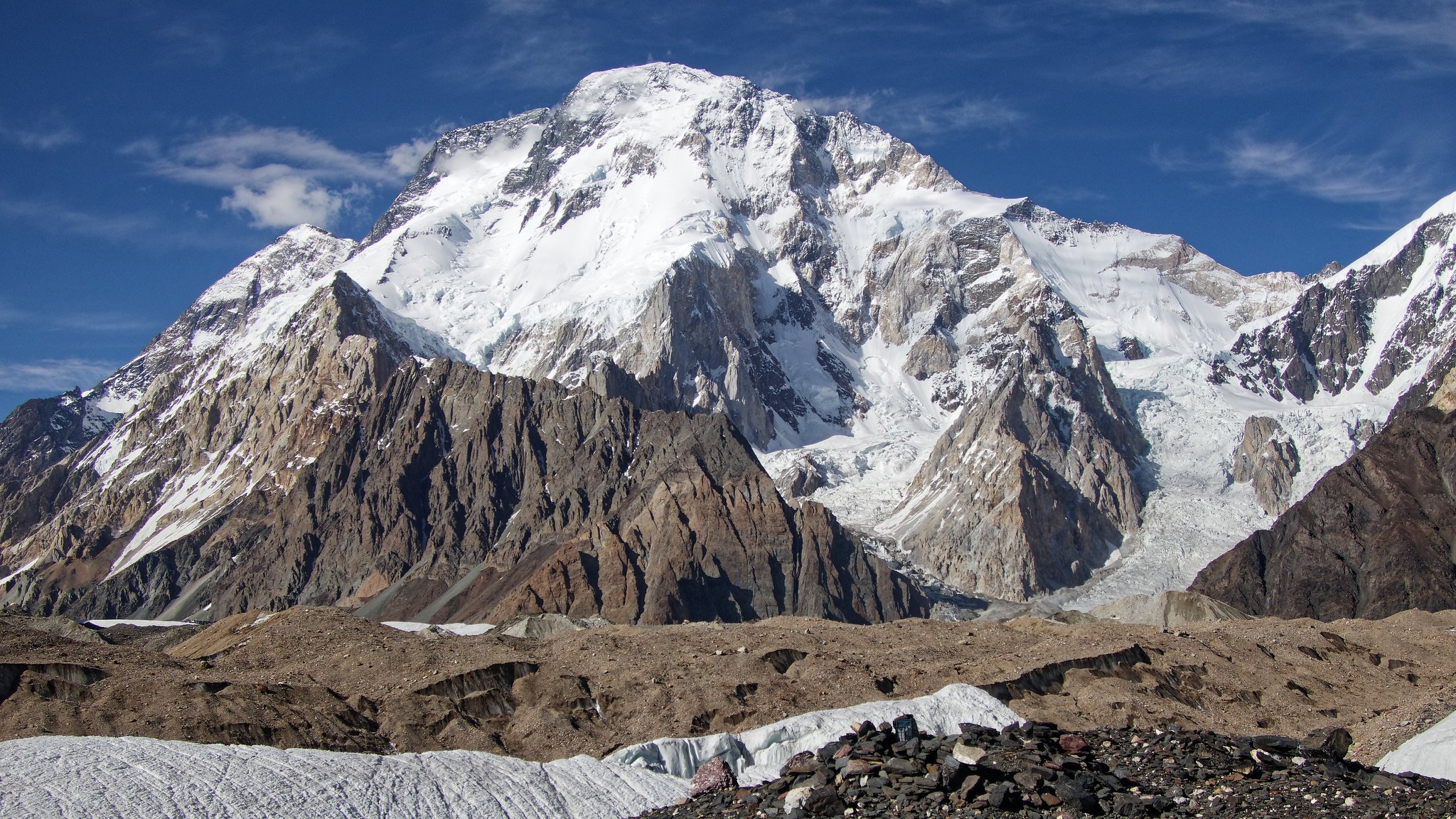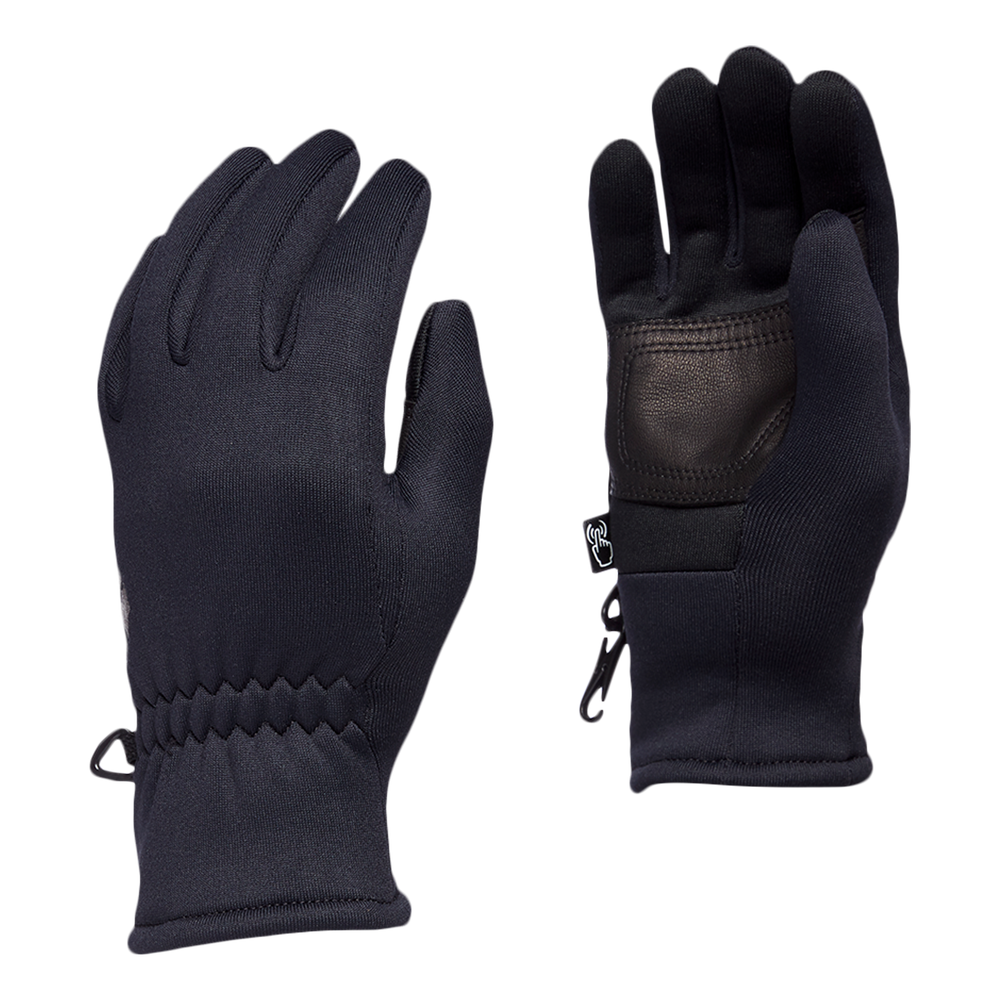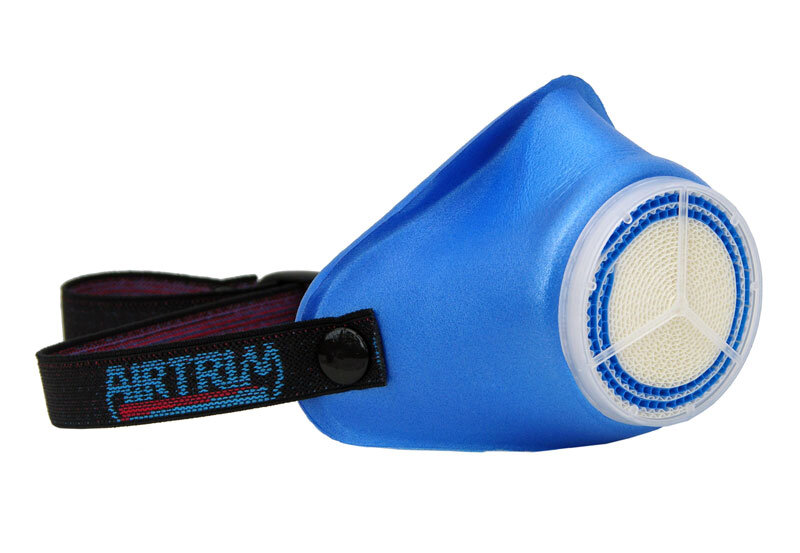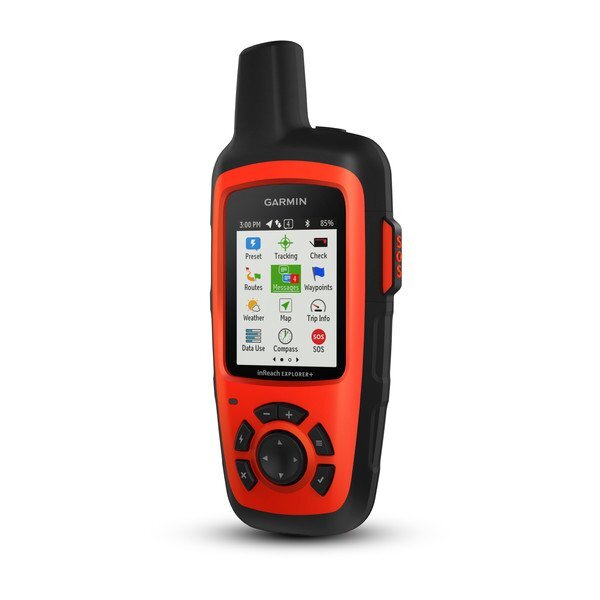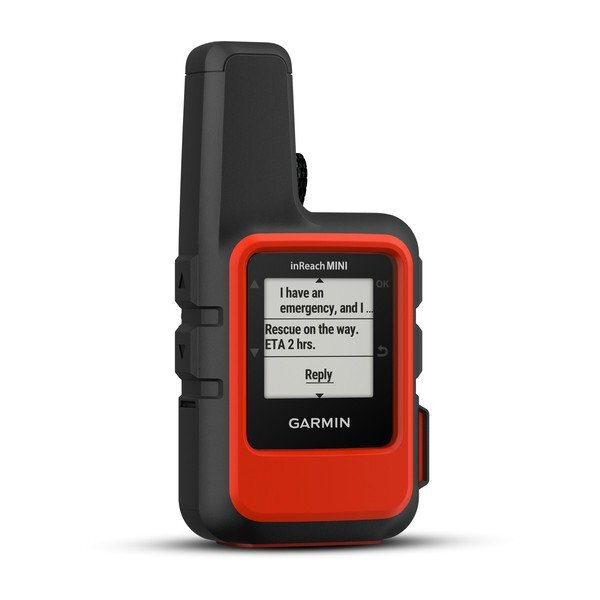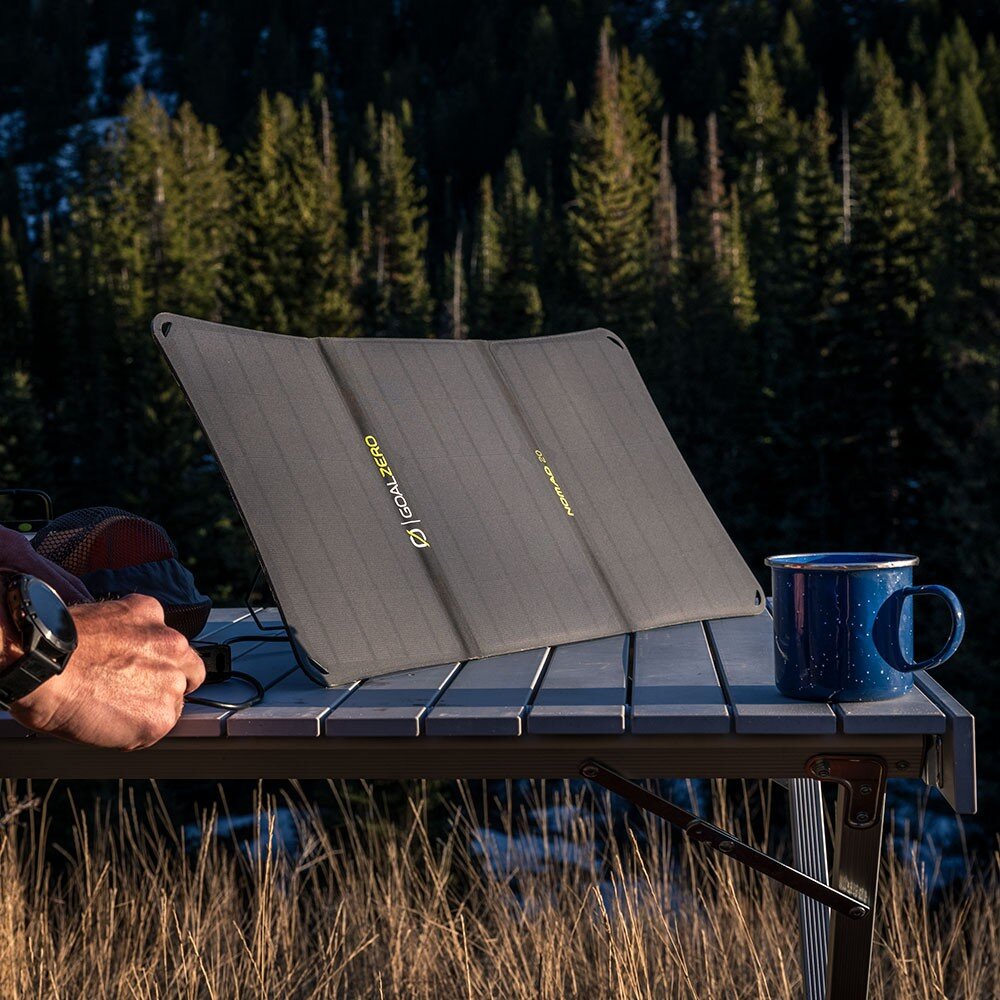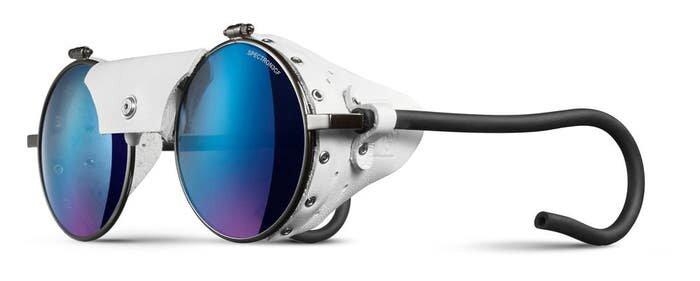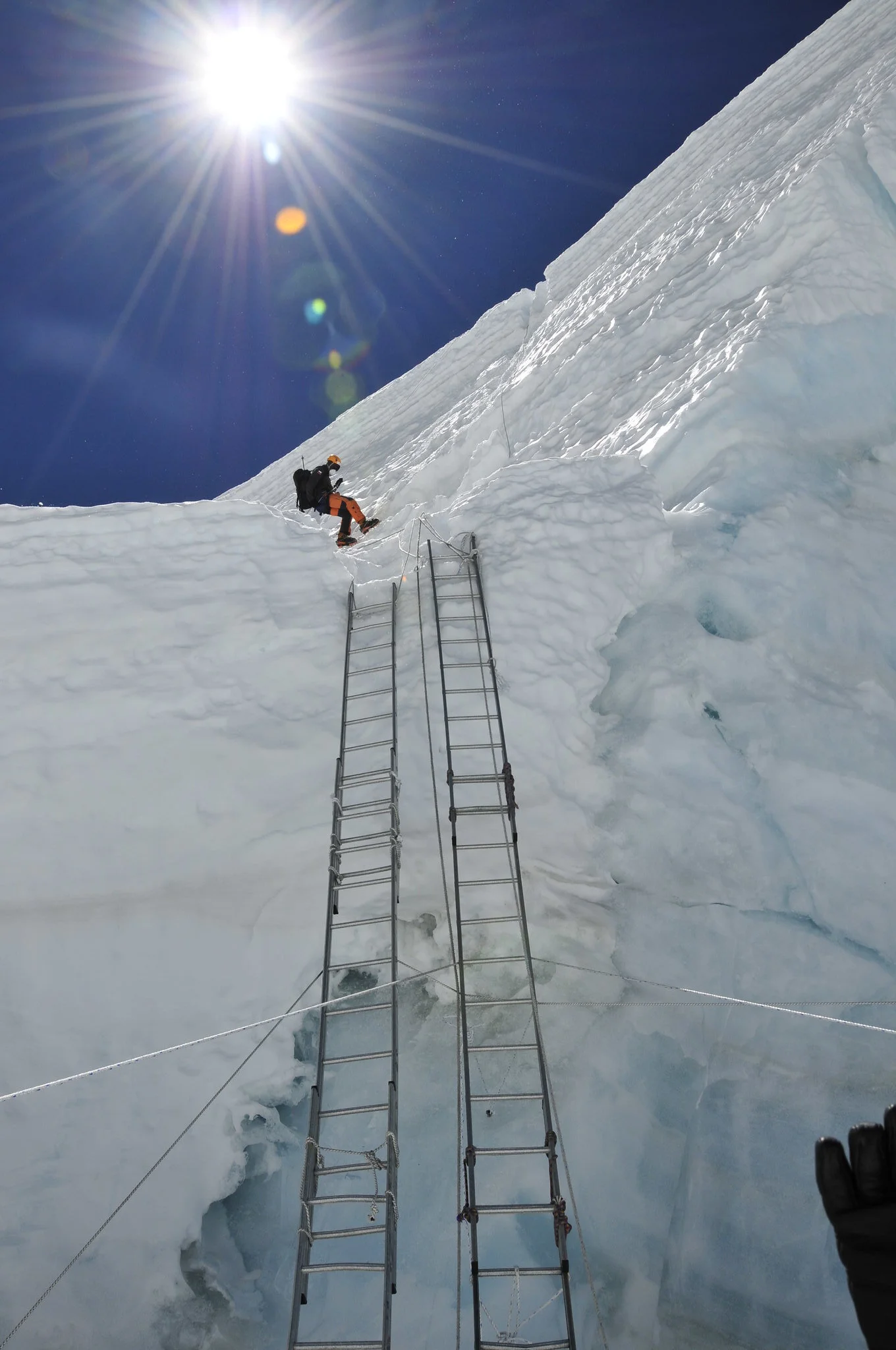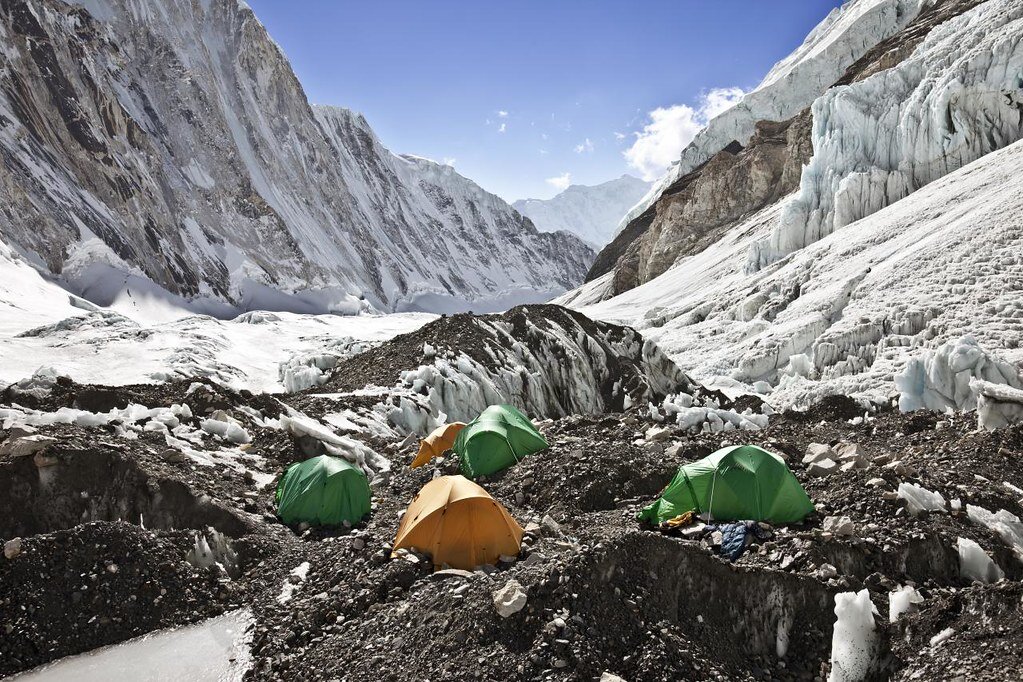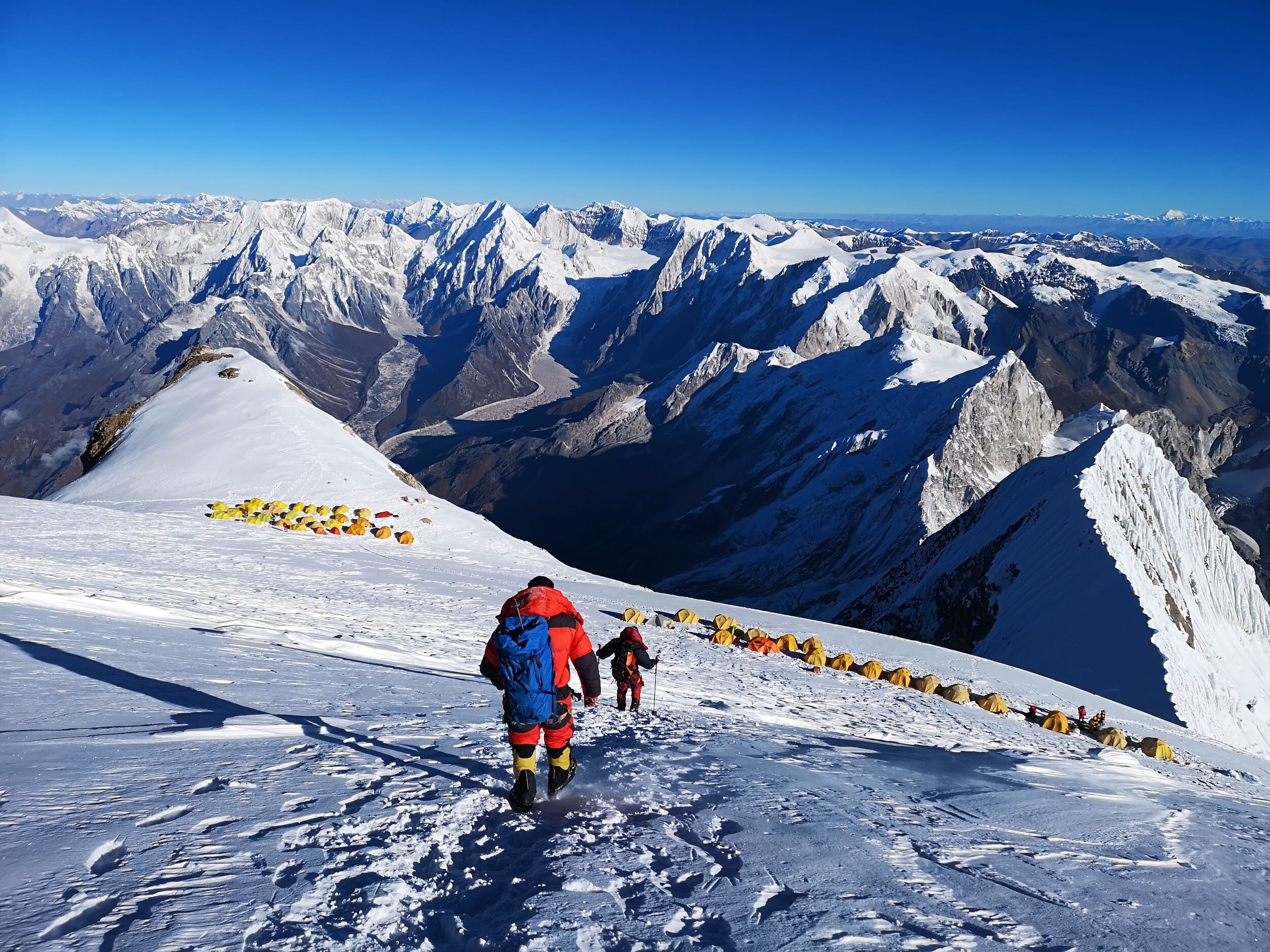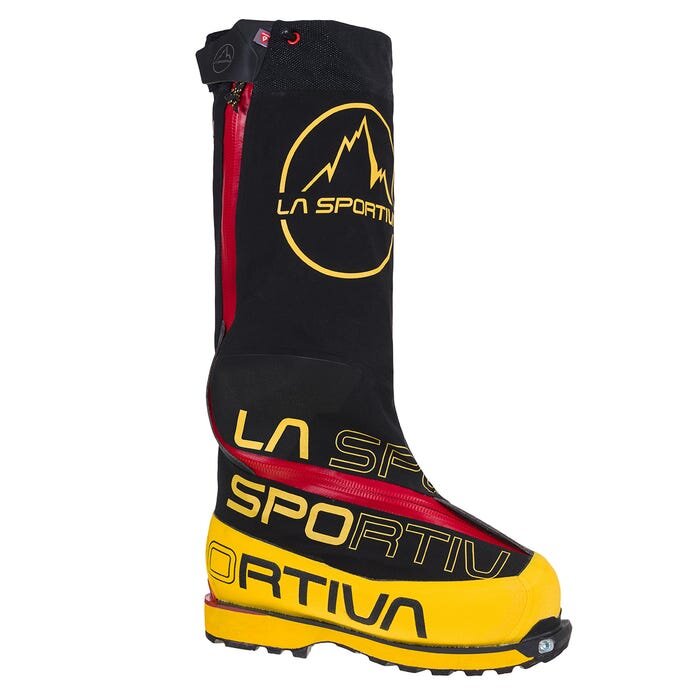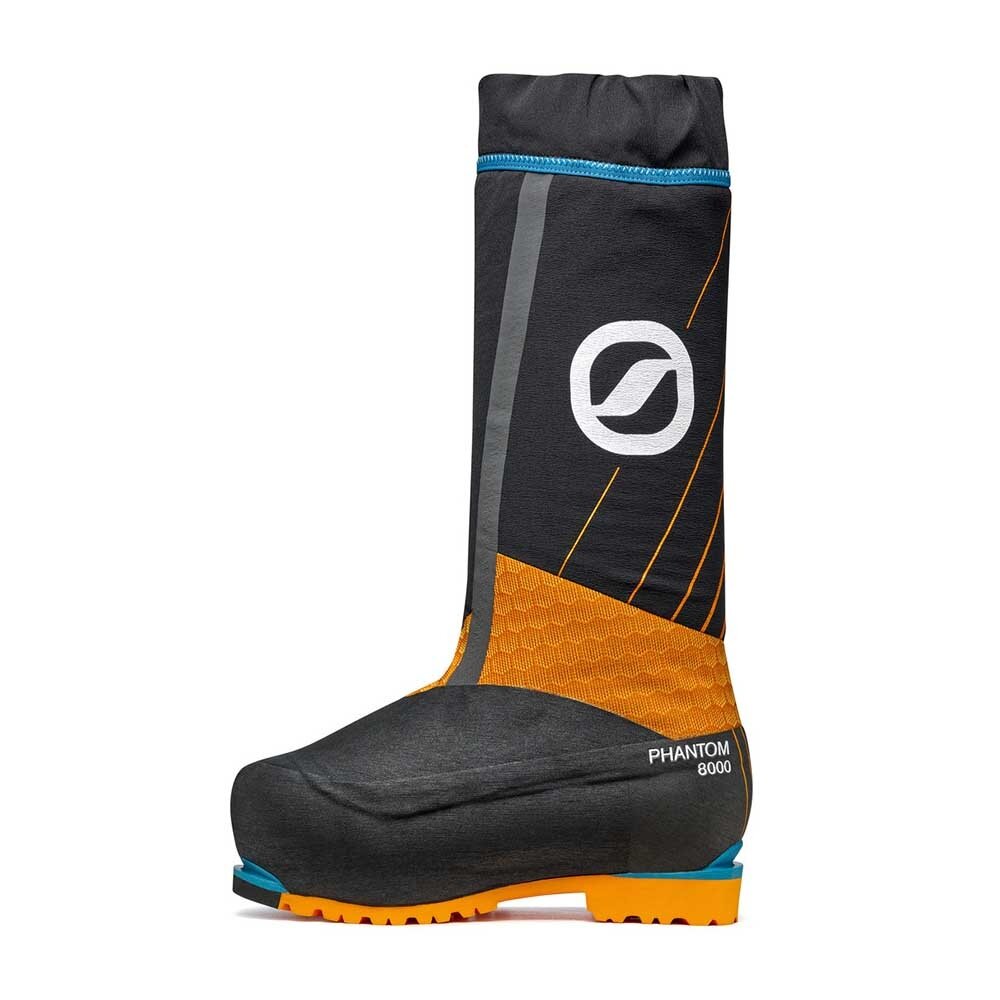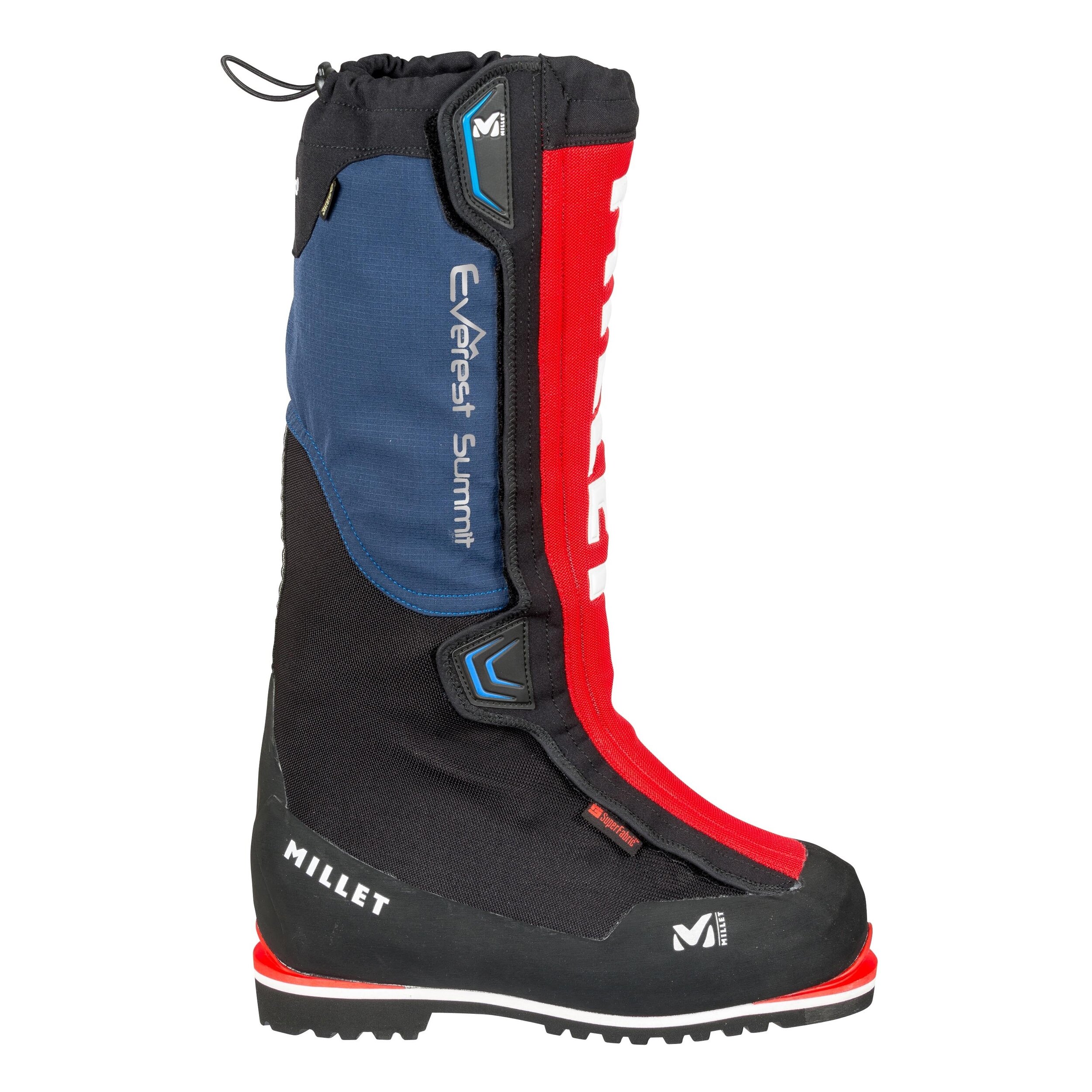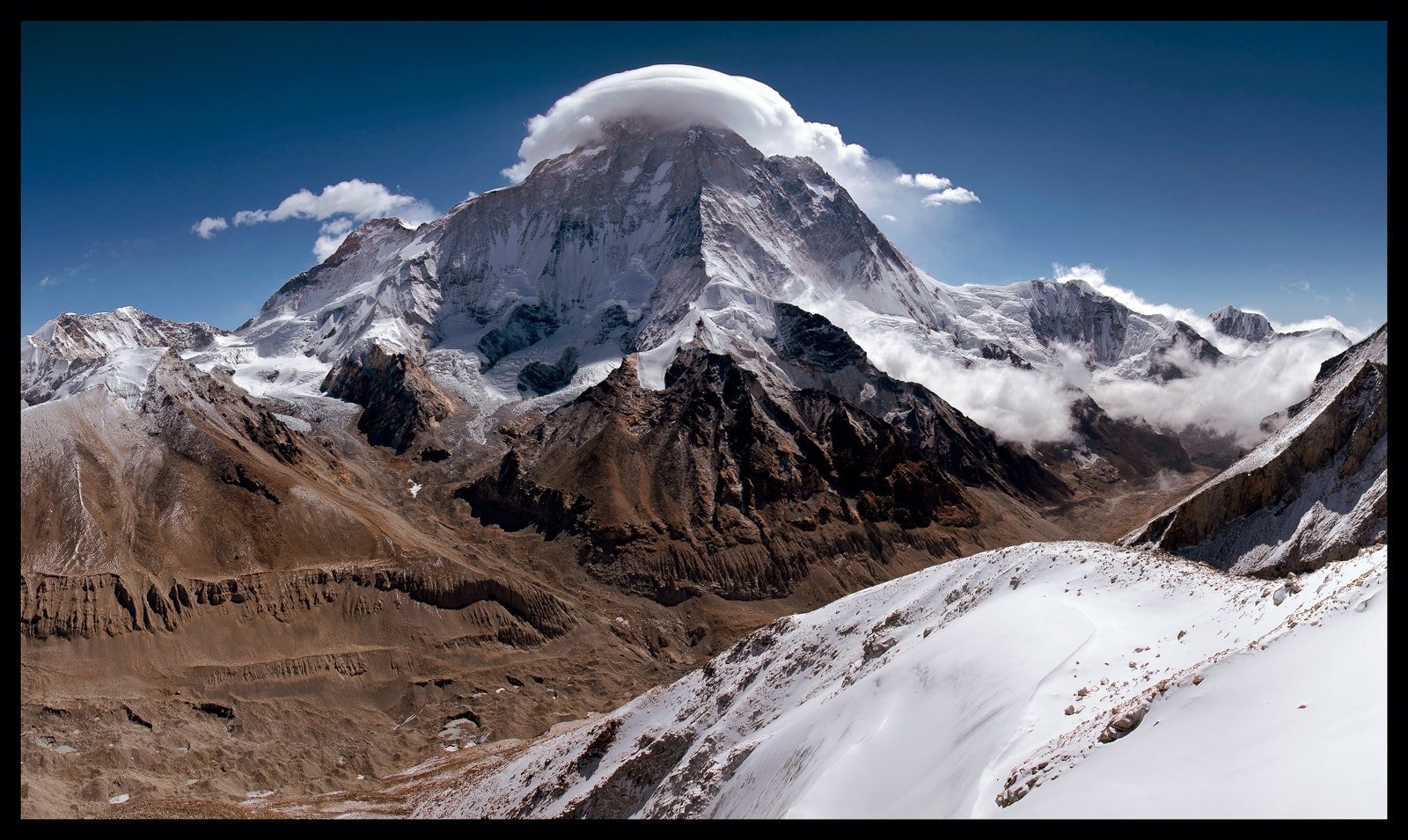A GUIDE TO CLIMBING AT LEAST ONE 8000M+ MOUNTAIN PEAK
How can I prepare to climb an 8000m peak? I aspire to summit at least one 8000m peak. What steps should I take to fulfill this dream of mine? These are common inquiries we receive from passionate adventurers seeking guidance on their journey to conquer the world's highest peaks.
Is it your dream to climb at least one 8000M+ in your lifetime? If so, then in this blog article we aim to guide you towards how to prepare for an 8000M+ climb through preparatory stages, and which 8000m peak should undoubtedly be on your initial list.
Embarking on the journey to summit an 8000m peak is a dream cherished by many adventurers. In this comprehensive guide, we provide expert advice to prepare you for this monumental endeavor and recommend the ideal peaks to start your journey. Pushing your limits and summiting one of the 8000M peaks on Earth can be an incredibly rewarding and life-changing experience.
Setting Your Goals High: Summiting an 8000m peak epitomizes the ultimate test of endurance, skill, and mental resilience. Few achievements rival the sense of accomplishment gained from conquering these towering giants. By setting your sights on an 8000m peak, you embark on an extraordinary adventure that promises unforgettable experiences and lifelong memories.
Preparation Is Key: Climbing an 8000m peak demands meticulous planning, rigorous training, and expert guidance. Before undertaking such a formidable challenge, it is imperative to undergo comprehensive mountaineering training and seek guidance from seasoned professionals. Additionally, climbing several 4000m-6000m peaks is essential to hone your skills and build confidence for the ultimate ascent.
Gradual Progression: Success in mountaineering requires patience and gradual progression. Before attempting an 8000m expedition, it is advisable to summit at least one 7000m or 7500m peak to acclimatize to higher altitudes and assess your readiness. This incremental approach allows you to gain valuable experience and confidence before tackling the grandeur of an 8000m peak.
Endurance & Strength is Essential: Achieving success at high altitudes necessitates exceptional physical fitness and endurance. Incorporate regular endurance, muscular endurance, and strength training into your routine to build stamina and resilience. Activities such as hiking, running, cycling, and weight training are invaluable in preparing your body for the rigors of high-altitude climbing.
Mind Over Matter: Mental preparedness is just as crucial as physical strength in the realm of mountaineering. Cultivating a positive mindset, envisioning success, and mentally preparing for the trials ahead are paramount. Maintaining focus, determination, and resilience amidst adversity is key to overcoming obstacles and inching closer to your summit goal. While these may seem like clichés, they hold immense significance during the final stages of safely completing your ascent of an 8000m peak.
So, which 8000M+ should you climb? Below are our recommendations
Choosing Your Peak: For climbers with minimum prerequisites, Cho Oyu (8201m) or Manaslu (8163m) stands out as the ideal 8000M mountain expedition. Amongst 8000M mountains, these peaks are renowned for their least difficult terrain, lower fatal rate, and higher success rates, making them favorable choices. However, it's essential to acknowledge the inherent challenges of any mountain expedition and approach each ascent with respect and caution. No mountain expedition should be taken lightly.
Consider Everest: For seasoned climbers with great fitness profiles, with a proven track record of conquering numerous endurance events such as marathons, ultras, and Ironman competitions, coupled with successful ascents on multiple 4000m, 6000m, and 7000m expeditions, Mount Everest beckons as the ultimate challenge. Everest calls upon those who are prepared to push their boundaries and stand atop the world's highest summit.
With an ever-growing community of climbers, well-established teams, and increasingly safer routes compared to other 8000m expeditions, Everest stands as an exceptional choice for individuals possessing exceptional physical fitness, unwavering mental toughness, a wealth of climbing experiences, and the financial means to embark on a guided expedition.
Moreover, considering the inclusion of Lhotse 8516M alongside Everest offers a compelling proposition. With approximately 70% of the route overlapping, this can fit right in the mix for double 8000er.
In Conclusion: Embarking on the journey to climb an 8000m peak is an extraordinary endeavor that promises unparalleled rewards. While meticulous planning, physical fitness, and preparation are essential, it's when the challenges become most daunting that your mental fortitude truly shines. Battling every inch of the mountain, refusing to surrender easily, and persevering through each demanding step are the ultimate keys to success.
Though these principles may seem straightforward in theory, they demand unwavering self-discipline, meticulous planning, relentless self-motivation, and a steadfast commitment to gradual progress from the very moment you commit to pursuing your dream of conquering an 8000m peak. Remember, the journey to success may be challenging, but with unwavering dedication and perseverance, you can ascend to the pinnacle of achievement.
At Namas Adventure, we are dedicated to helping adventurers like yourself turn their dreams into reality and conquer the world's highest peaks. Let's begin by discussing your plans and aspirations, and together, we'll take the necessary steps forward. Allow our experienced team to guide you towards achieving your dream of summiting an 8000m mountain peak.
Your dream adventure awaits—let's make your 8000M dream a reality.
Live Your Story.
Expeditions Mentioned
INTRODUCTION TO MOUNTAINEERING
IFMGA GUIDED 14 DAYS COURSE.
CHULU FAR EAST 6059M
6000M PEAK EXPEDITIONS
SOLO, COMBO OR THREE PEAKS
7000M EXPEDITIONS
BEGINNER. INTERMEDIATE & ADVANCED LEVEL 7000ER
CHO OYU 8201
MANASLU 8163M
EVEREST/LHOTSE

